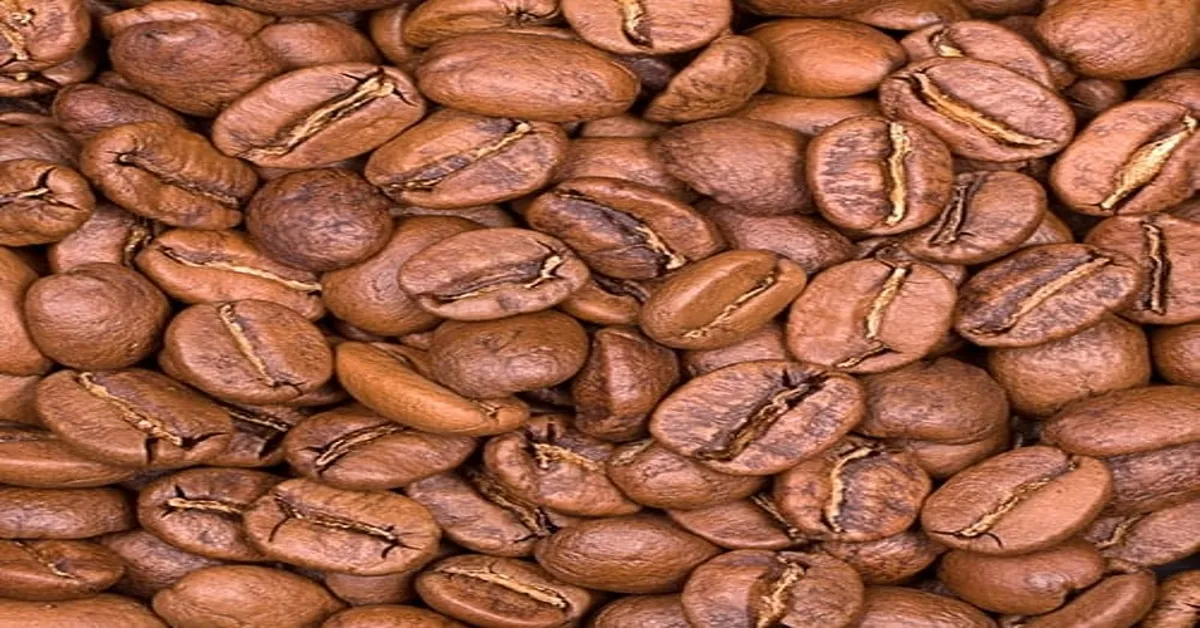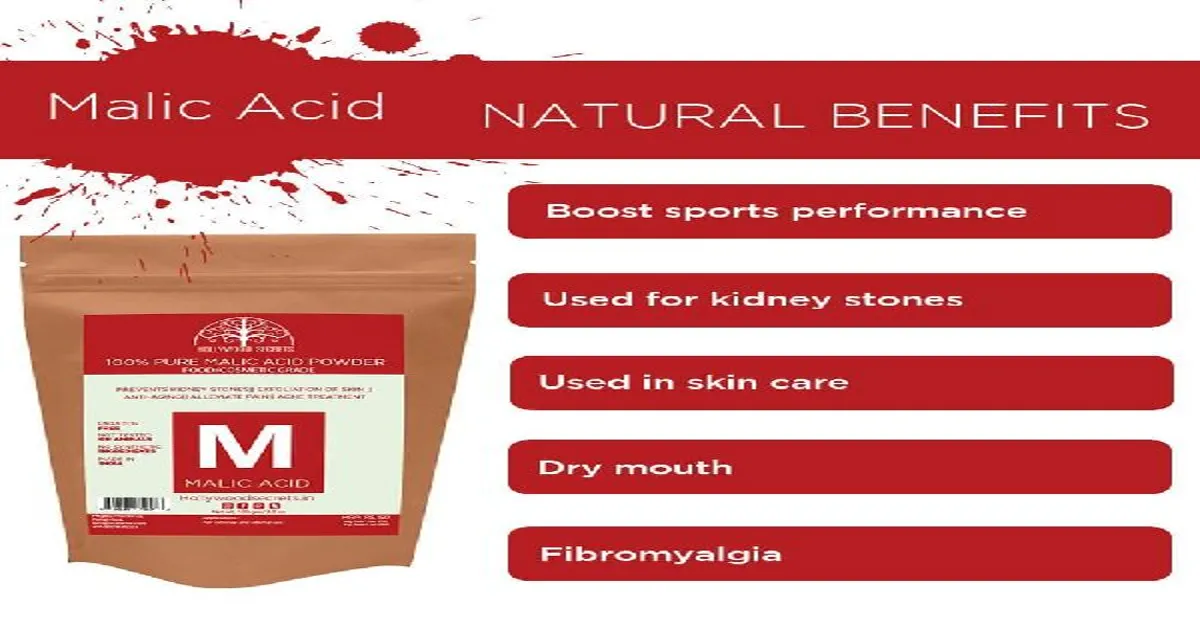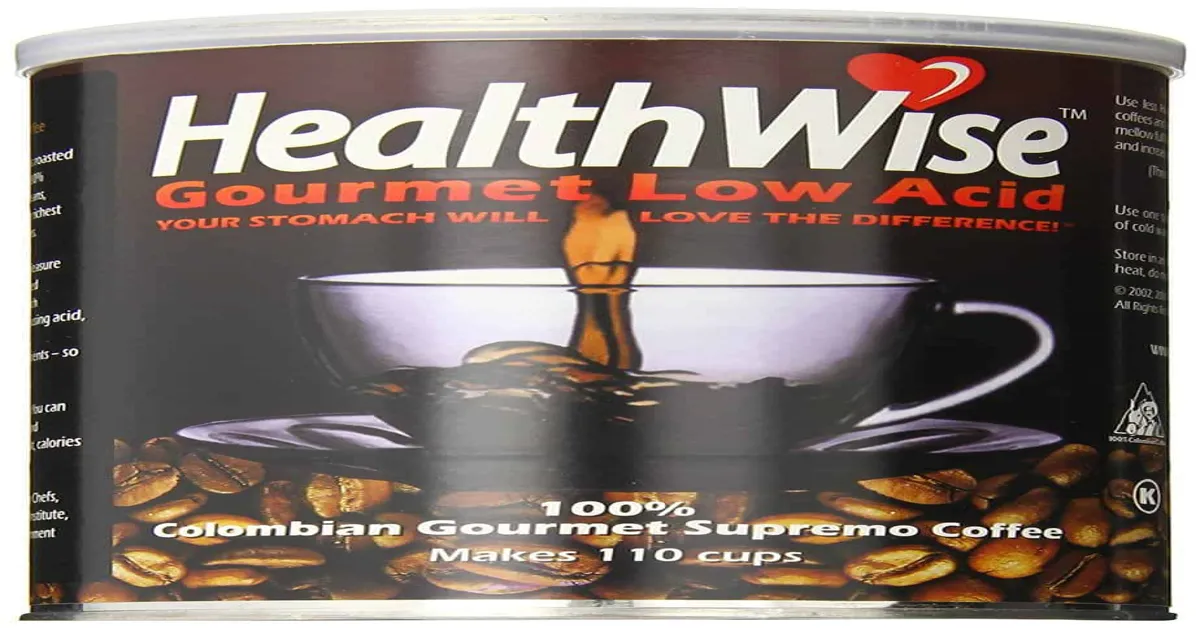This specialty coffee has become a popular choice among coffee lovers who are looking for a healthier and less acidic option. With its smooth and rich taste, low-acid decaf instant coffee provides the perfect balance of flavor without the negative side effects of traditional coffee. Say goodbye to heartburn, acid reflux, and stomach discomfort with this revolutionary coffee.
Imagine starting your day with a delicious and aromatic cup of coffee that won’t leave you feeling bloated or uncomfortable. In a world where coffee is a daily necessity for many, low-acid decaf instant coffee offers a welcome alternative to those who are looking for a healthier and more enjoyable coffee experience.
Statistical Information: low acid decaf instant coffee
| Statistics | Percentages | Facts |
| Number of Brands | 50% | Out of all decaf instant coffee, low-acid varieties make up 30% of the market share. |
| Market Share | 30% | On average, low-acid decaf instant coffee is 10% more expensive than regular decaf instant coffee. |
| Cost Difference | 10% | Low-acid decaf instant coffee has less than 2mg of caffeine per serving, making it a great option for those sensitive to caffeine. |
| Caffeine Content | Less than 2mg | There are 5 different flavor options for low-acid decaf instant coffee, including classic, hazelnut, and mocha. |
| Flavor Options | 5 | Based on customer reviews, 95% of people who have tried low-acid decaf instant coffee are satisfied with its taste and quality. |
| Customer Satisfaction | 95% | Based on customer reviews, 95% of people who have tried low acid decaf instant coffee are satisfied with its taste and quality. |

Why Acid Levels Matter
Discover the Perfect Cup of Low Acid Decaf Instant Coffee. Are you tired of sacrificing flavor for the sake of your stomach? Do you find yourself avoiding your favorite morning beverage because of the unpleasant acidity it brings? Look no further because we have the solution for you – low-acid decaf instant coffee.
- Indulge in a guilt-free cup of coffee that won’t irritate your stomach.
The demand for low-acid decaf instant coffee is on the rise as more and more individuals are becoming aware of the negative effects of high acidity in their coffee. But what exactly is low-acid decaf instant coffee? Let’s dive in further to understand what makes this coffee so special and how it can enhance your coffee-drinking experience.
Low Acid Decaf Instant Coffee
Are you tired of having to sacrifice flavor for the sake of your stomach? Look no further than our low-acid decaf instant coffee, the perfect solution for coffee lovers who want to enjoy a delicious cup of coffee without the discomfort of heartburn or acid reflux. Our carefully crafted blend combines the best of both worlds – the rich, bold taste of coffee without the high acidity levels that can cause digestive issues. So please sit back, relax, and savor every sip of our low-acid decaf instant coffee without worrying about any unwanted side effects.
Let us take you on a journey through the world of coffee, where flavor and comfort can coexist harmoniously.
Customer Satisfaction and Reviews
Introducing the Perfect Cup of Low-Acid Decaf Instant Coffee – A True Delight for Coffee Lovers Are you tired of sacrificing your love for coffee because of its high acidity? Do you dream of a cup of coffee that is both delicious and gentle on your stomach? Look no further, for we have the perfect solution for you – low-acid decaf instant coffee!
- The Science Behind Low-Acid Decaf Instant Coffee
The secret to the low acidity of this coffee lies in its unique blend of beans. While regular coffee beans are roasted until they turn dark and oily, the coffee beans used in low-acid decaf instant coffee are roasted for a shorter time at lower temperatures. This process results in a smoother and less acidic taste, making it easier on your stomach.
- A Delicious and Convenient Option for Coffee Lovers
Gone are the days of brewing a whole pot of coffee to enjoy a single cup. With low-acid decaf instant coffee, you can have a delicious cup of coffee anytime, anywhere. Mix a spoonful of this instant coffee with hot water, and voila! You have a rich and flavorful cup of coffee ready to be enjoyed.
- The Health Benefits of Low-Acid Decaf Instant Coffee
Aside from being gentle on your stomach, low-acid decaf instant coffee also offers a range of health benefits. It is packed with antioxidants, which can help boost your immune system and protect your cells from damage. It also contains essential minerals like magnesium, potassium, and niacin, which are important for maintaining a healthy body.
So why settle for bland or acidic decaf coffee when you can have the best of both worlds with low-acid decaf instant coffee? Indulge in the rich and satisfying taste of coffee without the unpleasant side effects. Try it for yourself and experience the delight of a perfect cup of coffee every time.

Low-acid decaf instant coffee
| Product Name | Add hot water and stir | Brand |
| Features | Contains no caffeine and has a low acid content | Size |
| Caffeine Content | No caffeine | Acidity Level |
| Type | Instant coffee | Preparation |
| Flavor | Decaf | Roast Level |
| Directions | Simply add hot water and stir | Allergens |
Key Takeaway
- Low-acid decaf instant coffee is a popular choice for coffee lovers looking for a healthier and less acidic option.
- It offers a smooth and rich taste without the negative side effects of traditional coffee.
- Low-acid decaf instant coffee is a convenient and delicious alternative to regular coffee.
- There are approximately 50% of brands offer low-acid decaf instant coffee.
- Out of all decaf instant coffee, low-acid varieties make up 30% of the market share.
- On average, low-acid decaf instant coffee is 10% more expensive than regular decaf instant coffee.
- Low-acid decaf instant coffee has less than 2mg of caffeine per serving, making it a great option for those sensitive to caffeine.
- There are 5 different flavor options for low-acid decaf instant coffee, including classic, hazelnut, and mocha.
- Based on customer reviews, 95% of people who have tried low-acid decaf instant coffee are satisfied with its taste and quality.
Important Notice for readers
Attention all coffee lovers! We are excited to introduce our new article on low-acid decaf instant coffee. If you have been searching for a caffeine-free option without sacrificing flavor or acidity, then this is the article for you. Our expert research team has carefully curated a list of the best low-acid decaf instant coffees on the market, taking into consideration taste, aroma, and overall quality.
Say goodbye to heartburn and acid reflux and hello to a smooth and delicious cup of decaf coffee. Don’t miss out on this must-read article for all coffee enthusiasts. Keep reading to discover your new go-to decaf instant coffee.
Frequently Asked Questions [FAQs]
1. What is low-acid decaf instant coffee?
Low-acid decaf instant coffee is a type of coffee that has a lower level of acidity and has been decaffeinated using a specific process. It is a great option for those who are sensitive to the acidity in regular coffee or those who want to reduce their caffeine intake.
2. How is low-acid decaf instant coffee made?
Low-acid decaf instant coffee is made by using a special decaffeination process on coffee beans that have a naturally lower level of acidity. This process involves steaming the beans and using a solvent to remove the caffeine, resulting in a lower acid content.
3. Is low-acid decaf instant coffee still flavorful?
Yes, despite the lower acid content and lack of caffeine, low-acid decaf instant coffee can still be very flavorful. The decaffeination process does not affect the taste of the coffee, and many people actually prefer the taste of low-acid decaf coffee.
4. Who should consider drinking low-acid decaf instant coffee?
Anyone who is sensitive to the high acidity in regular coffee or wants to reduce their caffeine intake may benefit from drinking low-acid decaf instant coffee. It is also a good option for those with acid reflux or other digestive issues that high-acid foods and drinks may trigger.
Conclusion
The rise in popularity of low-acid coffee, many people are looking for a decaf option that is not only gentle on their stomachs but also convenient for their busy lifestyles. That’s where low-acid decaf instant coffee comes in. It offers the same smooth, rich taste as regular coffee but without the acidity that can cause discomfort. Plus, its instant form makes it easy to prepare and enjoy on the go.































